In most content strategy playbooks, a knowledge base often gets left out.
Time is valuable, particularly when running a business. Every minute spent on a task contributes to overhead costs. Therefore, finding creative ways to maintain efficiency is crucial to prevent wasted time and resources.
Efficiency benefits not only business owners but also customers and employees who appreciate having their needs met promptly. While answering client or team member concerns is essential, responding to basic questions can take minutes. Repeatedly addressing the same inquiries can accumulate into hours.
Here’s where a knowledge base comes in handy, as it can help companies save time by addressing common concerns and providing customers and staff with easily accessible resources when needed.

What Is A Knowledge Base?
A knowledge base is a centralized digital library containing valuable information about your products, services, or processes.
It provides clients, team members, or other stakeholders with resources, such as self-help articles, step-by-step guides, instructional videos, FAQs, troubleshooting guides, glossaries, and interactive tools, to help them solve problems, answer questions, and enhance their overall experience with your company.
User-generated content, best practices, and case studies may also be included to foster a sense of community and share proven strategies.
A well-organized and user-friendly knowledge base enables users to find answers independently, reducing the workload on your support team and increasing overall customer satisfaction.
Building A Knowledge Base
Developing an effective knowledge base is important in improving customer satisfaction, reducing support costs, and increasing efficiency. Follow these easy steps to come up with an excellent content strategy:
1. Define Objectives
Establishing clear goals is the foundation of any successful content strategy. Determine the primary objectives for the knowledge base, such as reducing support tickets, improving customer satisfaction, or streamlining the onboarding process.
Defining these goals will help inform the type of content to create and how to measure success. Additionally, having well-defined objectives will ensure alignment across teams and provide a shared vision for the knowledge base’s purpose and value.

2. Identify Your Target Audience
Understanding who the knowledge base is intended for, whether it’s customers, employees, or both, is crucial. Consider the different needs, preferences, and pain points of each audience segment.
Catering to their unique requirements will ensure the knowledge base is relevant, engaging, and effective. Furthermore, identifying target audiences will enable the development of tailored content that addresses specific concerns, allowing for a more personalized user experience.
3. Conduct Research
Begin by identifying the most frequently asked questions, critical pain points, and common challenges faced by users. Review customer support tickets, engage with customer service representatives, and consider conducting surveys or interviews with users.
Additionally, you can research your competitors’ knowledge bases to identify potential gaps in information or opportunities for improvement. More importantly, keep in mind that ongoing research will allow the knowledge base to adapt to evolving user needs and industry trends, ensuring its continued relevance and usefulness.
4. Organize Content
Categorize content into well-structured sections, such as topics, articles, and sub-articles, ensuring seamless navigation. Establish a clear hierarchy and utilize tags or labels to make content easily discoverable.
Consider incorporating a search functionality to enable users to find relevant information quickly. Also, a well-organized content structure will facilitate content management and maintenance, making it easier for teams to update and expand the knowledge base over time.

5. Choose A User-friendly Format
Opt for a format that is easy to read and understand, using a combination of text, images, diagrams, videos, and even podcasts. Break down complex topics into smaller, digestible pieces, and use headings and bullet points for easy scanning.
Ensure your content is accessible on various devices and platforms, including mobile and desktop. More importantly, incorporating diverse content formats will cater to different learning styles and preferences, further enhancing the user experience.
With the new AI chatbots, you may even experiment with a virtual AI that answers customer questions.
6. Create High-quality Content
Ensure the content is accurate, up-to-date, and demonstrates expertise in the subject matter. Write in a clear, concise, and professional tone, avoiding jargon or overly technical language. Include relevant examples, case studies, or real-life scenarios to illustrate concepts and make them more relatable.
Remember to regularly review and update content to maintain accuracy and relevance. High-quality content not only fosters trust in the knowledge base but also positions the organization as an industry expert.
Include a practice of reviewing your knowledge base after every new software update, price change, offer change, or service addition.
7. Optimize Content
Continuously improve the knowledge base by analyzing user behavior, feedback, and search data. Identify trends in search queries, popular articles, and areas where users struggle. Use this information to refine content, address gaps in knowledge, and improve the overall user experience.
Furthermore, optimization efforts should consider search engine optimization (SEO) to enhance the visibility of the knowledge base and attract more users through organic search results.
Ensuring your chosen knowledge base platform allows for SEO optimization should also be a consideration.
8. Encourage Feedback
Invite users to provide feedback on the content and usability of the knowledge base. Implement mechanisms for users to rate articles, report issues, or suggest improvements.
It’s essential to respond to feedback promptly and make necessary adjustments to ensure the knowledge base remains effective and user-centric. This demonstrates a commitment to continuous improvement and fosters a sense of community among users.

9. Promote The Knowledge Base
Increase visibility and user engagement by promoting the knowledge base across multiple channels. Integrate it with customer support tools, embed it within the product or website, and share it on social media or email newsletters.
Encourage users to consult the knowledge base before reaching out to support and highlight the benefits of self-help. By actively promoting the knowledge base, organizations can further drive user adoption, reduce support costs, and foster a culture of self-reliance among customers and employees.
Conclusion
Building a successful knowledge base content strategy requires a thoughtful approach, focusing on user needs, content organization, and continuous optimization.
By following these steps, businesses can create a valuable resource that not only supports customer service but also empowers users to find solutions independently, ultimately reducing support costs and enhancing overall user satisfaction.

Wayne Olson has dedicated his 10-year career to looking for efficient ways to improve customer service. With his technical know-how and a penchant for writing, he’s contributed several articles to Help Scout. When he’s not at work, Wayne enjoys traveling and hiking.

